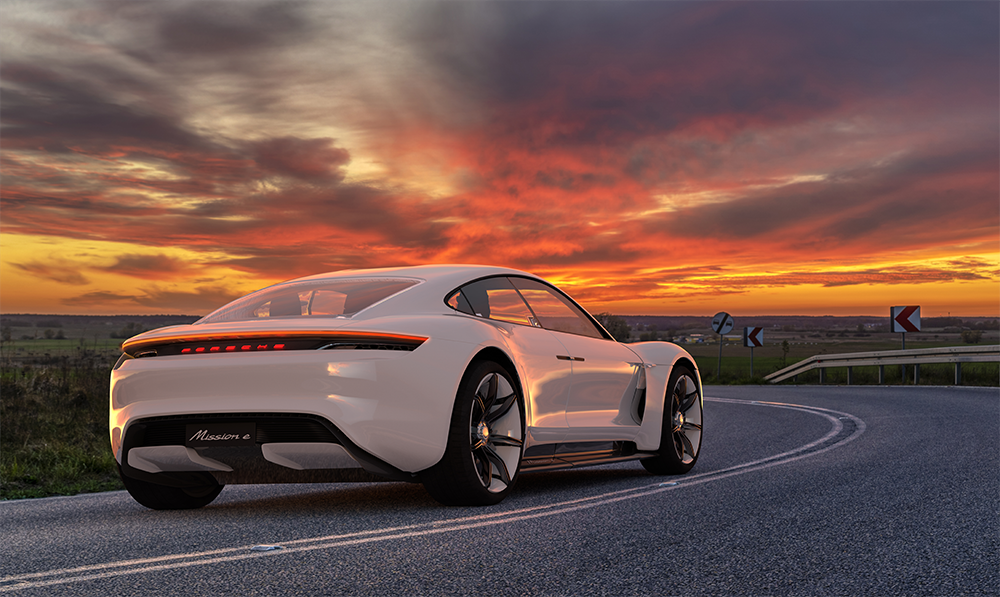 From modern-day Tesla to the 19th century, EVs are far from a modern concept. We explore their turbulent and exciting history, the decline and where we go from here!
From modern-day Tesla to the 19th century, EVs are far from a modern concept. We explore their turbulent and exciting history, the decline and where we go from here!
The story of electric cars begins in the 1830s when Scottish inventor Robert Anderson created the first crude electric carriage. However, it wasn’t until the late 19th and early 20th centuries that electric cars gained popularity, with New York City owning a fleet of more than 60 electric taxis in 1897!
By the early 1900s, electric cars were considered more luxurious, boasting a smoother ride without the vibrations, smell, and noise associated with gas vehicles (not sure what they were complaining about, I can’t be the only person who loves the smell of petrol). They were particularly popular with urbanites and women, as they didn’t require the manual effort to start like the gasoline cars of that era.
The decline
The reign of electric cars didn’t last long. With the discovery of Texas crude oil making fuel cheap and readily available. Further taking the lead when Henry Ford introduced the Model T in 1908, which was affordable and mass-produced, especially given their affordability. By the 1930s, electric vehicles had all but disappeared from the market.
Environmental Concerns
It wasn’t until the 1970s that interest in electric vehicles was rekindled, thanks to the oil crisis and growing environmental concerns. In response, automakers began experimenting with electric car designs. However, these early models were plagued with problems such as limited range and lack of power, putting of a large majority of customers, especially given the almost non-existent electrical charging grid.
Modern Era
The true renaissance of electric cars began in the 21st century, with significant technological advancements in battery storage, energy efficiency, and power. In 2006, a small startup named Tesla Motors announced the production of the Tesla Roadster (never heard of them), the first highway-legal serial production all-electric car to use lithium-ion battery cells. Which in turn ignited the modern electric car movement.
Tesla’s success proved there was a market for electric cars, and soon other automakers followed suit. Nissan introduced the affordable Leaf in 2010, and Chevrolet brought out the Volt. These vehicles offered increased range and affordability, making them accessible to a broader audience and eliminating the previous concerns of potential customers.
One of the most significant developments in the EV market is the improvement in infrastructure. Charging stations are becoming more widespread, and ultra-fast charging technology now allows drivers to recharge their batteries in the time it takes to have a coffee.
